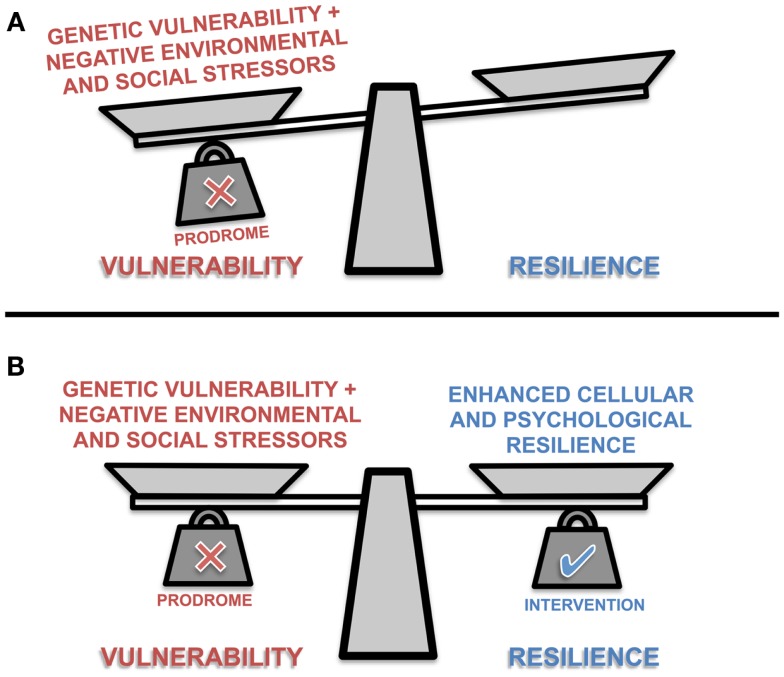Examples of what was on the program
We talked about dual-factor mental health in adolescence.
Here, we looked at well-being but also symptomatic behaviour in adolescents.

We focused on adolescence, why? It is a very sensitive developmental period. An increase in mental health symptoms and a decrease in subjective well-being. Moreover, there are multiple changes: biological (e.g. puberty), psychological (e.g. identity formation) and socio-ecological (e.g. change of school).
What causes mental health problems? Well, vulnerability exceeds resilience. There is a dynamic interaction between vulnerability and stressor. Consequences of mental health problems include avoidance, withdrawal, increased conflict and school absenteeism. These effects have negative long-term consequences.

What can SENSE do? (Further) promotion, prevention and early intervention. Our mission statement is: Make mental health and well-being more visible. Increase mental health knowledge, change attitudes and reduce stigma and make help-seeking behaviour more likely.
